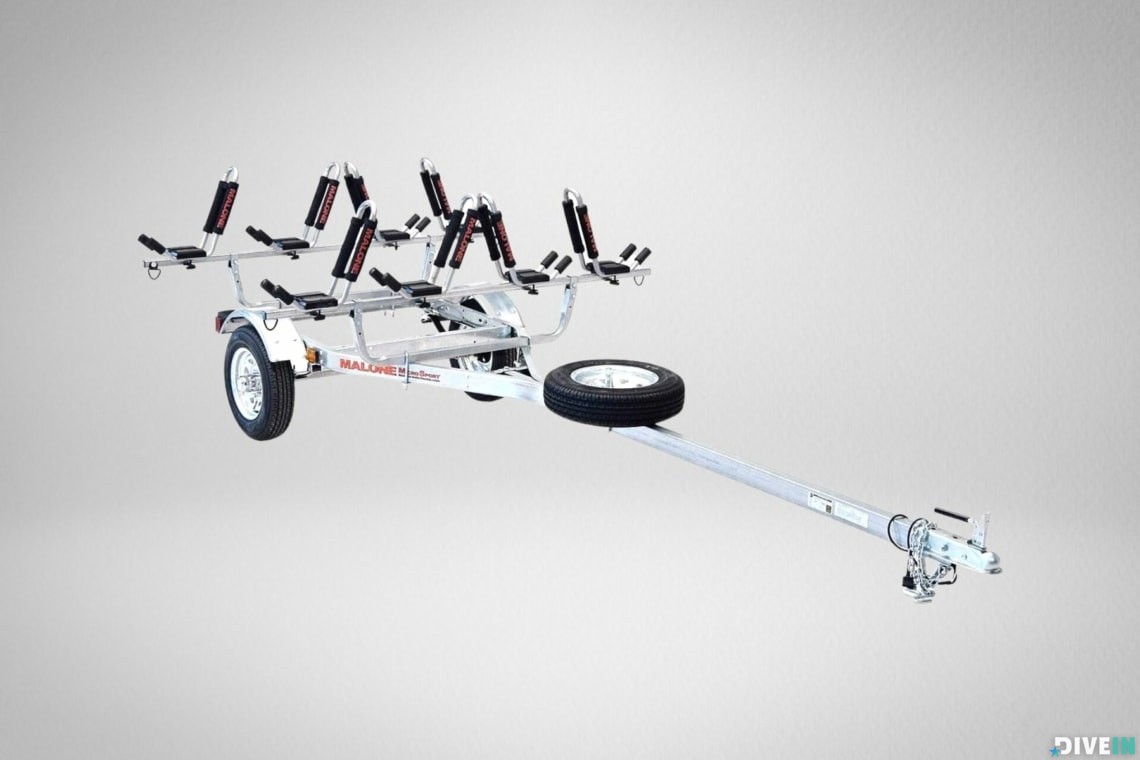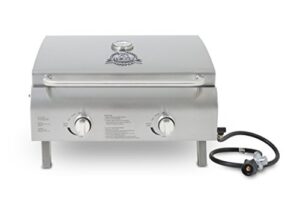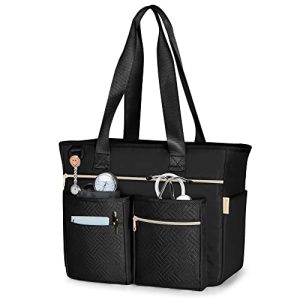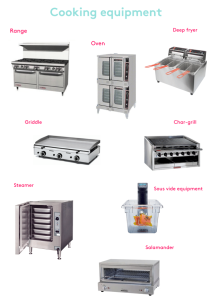Contents
- 1. Consider your specific kayak needs
- 2. Determine your towing vehicle capabilities
- 3. Assess the trailer’s construction materials
- 4. Consider trailer weight and size
- 5. Evaluate trailer storage options
- 6. Look for trailer customization options
- 7. Examine trailer’s towing and handling features
- 8. Consider ease of loading and unloading
- 9. Assess trailer stability and maneuverability
- 10. Evaluate trailer pricing and warranties
So, you’ve finally decided to invest in a custom kayak trailer to make your kayaking adventures even more convenient. But with so many options out there, how do you choose the right one? In this article, we will explore the key factors you should consider when selecting a custom kayak trailer that perfectly suits your needs. From capacity and weight restrictions to trailer design and ease of use, we’ll help you navigate through the sea of choices and find the perfect trailer for your beloved kayaks.
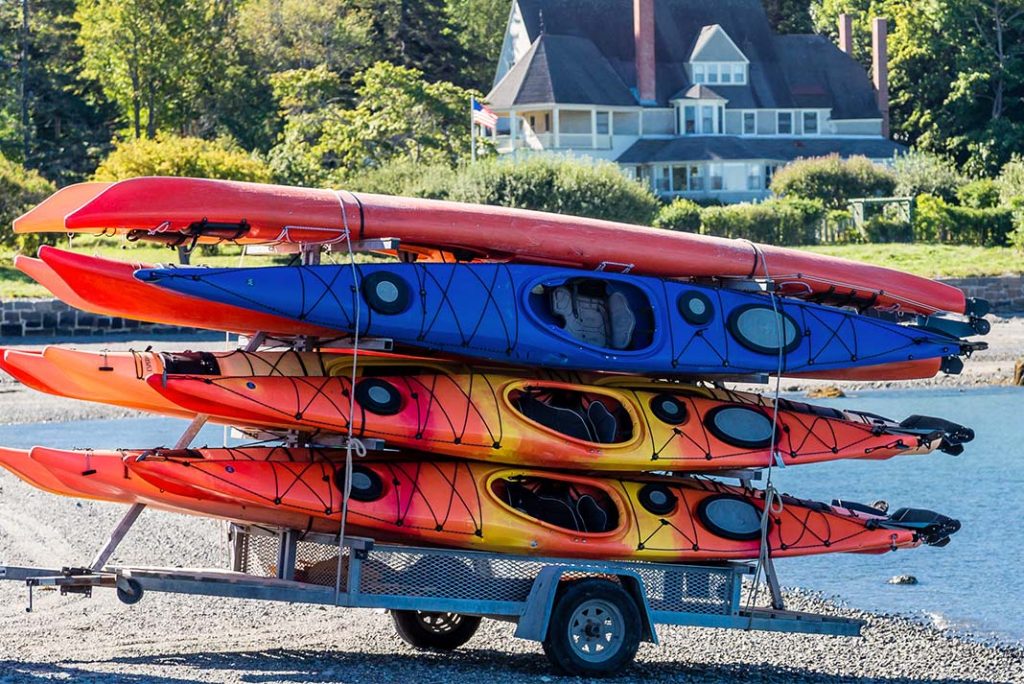
1. Consider your specific kayak needs
When choosing a custom kayak trailer, it is important to consider your specific kayak needs. This includes the type of kayaks you own, the number of kayaks you plan to transport, and the sizes of your kayaks.
1.1 Types of kayaks
The first thing to consider is the type of kayaks you own. There are different types of kayaks available, such as recreational kayaks, touring kayaks, and fishing kayaks. Each type has its own specific requirements when it comes to transportation. Some kayaks may have unique features or dimensions that require specialized equipment on the trailer, so it is important to choose a trailer that can accommodate your specific kayak type.
1.2 Number of kayaks
Next, determine the number of kayaks you plan to transport. If you only have one kayak, a smaller trailer may be sufficient. However, if you have multiple kayaks or plan to go kayaking with friends or family, you will need a trailer that can accommodate multiple kayaks. Consider the number of kayaks you typically transport and choose a trailer with enough capacity to fit them securely.
1.3 Kayak sizes
Lastly, consider the sizes of your kayaks. Kayaks come in various lengths and widths, and it is important to choose a trailer that can accommodate your specific kayak sizes. Measure the dimensions of your kayaks and ensure that the trailer has enough space to safely transport them without any damage or instability.
2. Determine your towing vehicle capabilities
Another crucial factor to consider when choosing a custom kayak trailer is your towing vehicle’s capabilities. Your towing vehicle should be able to safely tow the loaded trailer, so it is essential to assess its towing capacity, hitch type, and brakes and suspension.
2.1 Maximum towing capacity
Check the maximum towing capacity of your vehicle, which is the maximum weight it can safely tow. The trailer you choose should not exceed this capacity to avoid putting unnecessary strain on your vehicle’s engine and transmission. Make sure to consider the combined weight of the trailer, kayaks, and any additional gear or equipment you plan to transport.
2.2 Hitch type
The hitch type of your towing vehicle is also important to consider. There are different types of hitches, such as ball hitches and receiver hitches. Determine the type of hitch your vehicle has and choose a trailer that is compatible with it. Ensure that the trailer’s hitch matches the receiver on your vehicle and is properly secured to ensure safe towing.
2.3 Brakes and suspension
Evaluate the brakes and suspension system of your towing vehicle. If you plan to tow heavy loads, such as multiple kayaks, you may need a trailer with its own braking system. This ensures that the trailer’s brakes work in sync with your vehicle’s brakes, providing better control and stability while towing. Additionally, consider the suspension system of your vehicle to handle the additional weight and ensure a comfortable towing experience.
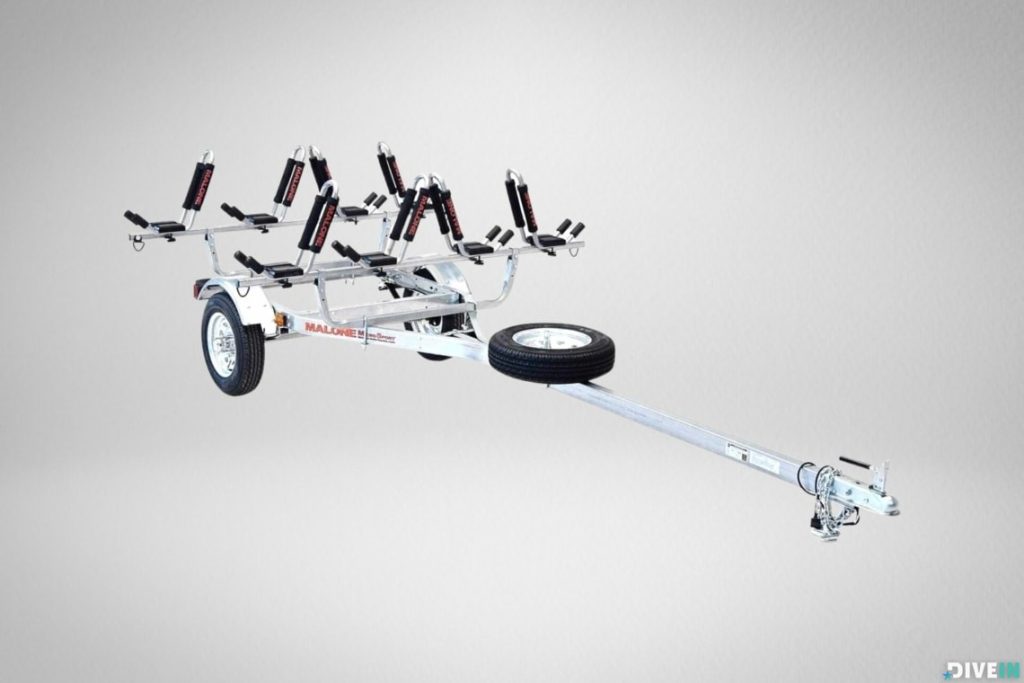
3. Assess the trailer’s construction materials
The construction materials of the trailer play a vital role in its durability, weight, and resistance to corrosion. Consider the following options when evaluating the construction materials of the trailer:
3.1 Aluminum trailers
Aluminum trailers are lightweight, making them easy to tow and maneuver. They are also resistant to rust and corrosion, making them an ideal choice for marine environments. Additionally, aluminum trailers have a sleek appearance and require less maintenance compared to other materials. However, they tend to be more expensive than other options.
3.2 Galvanized steel trailers
Galvanized steel trailers are known for their strength and durability. They are constructed from steel frames that are coated with a layer of zinc to prevent rust and corrosion. Galvanized steel trailers can handle heavy loads and provide excellent stability on the road. However, they are typically heavier than aluminum trailers and may require more maintenance to prevent rusting.
3.3 Composite trailers
Composite trailers are made from a combination of materials, such as fiberglass, plastic, and aluminum. These trailers offer a balance between lightweight construction and durability. Composite trailers are resistant to rust and corrosion and require minimal maintenance. However, they may not be as strong as steel trailers and may be more expensive than aluminum trailers.
4. Consider trailer weight and size
The weight and size of the trailer are important considerations when choosing a custom kayak trailer. These factors affect the overall towing experience, maneuverability, and storage options.
4.1 Overall weight
Evaluate the overall weight of the trailer, including its frame, components, and any additional features. A lighter trailer is generally easier to tow, especially if you have a smaller towing vehicle. However, make sure that the trailer’s weight does not compromise its durability and stability. Balance the weight of the trailer with its construction materials and load capacity to ensure optimal performance.
4.2 Length and width
The length and width of the trailer should be appropriate for your kayaks and your towing vehicle. Measure the dimensions of your kayaks and choose a trailer that can safely accommodate them. Additionally, consider the width of the trailer in relation to your towing vehicle to ensure easy maneuverability and clearance on the road.
4.3 Tongue weight
Tongue weight refers to the downward force exerted on the hitch ball by the trailer tongue. It is important to have proper tongue weight to ensure stability and control while towing. Aim for a tongue weight that is around 10-15% of the total trailer weight. Adjusting tongue weight can be achieved by repositioning the kayaks or by using additional equipment, such as tongue weight scales or weight distribution hitches.
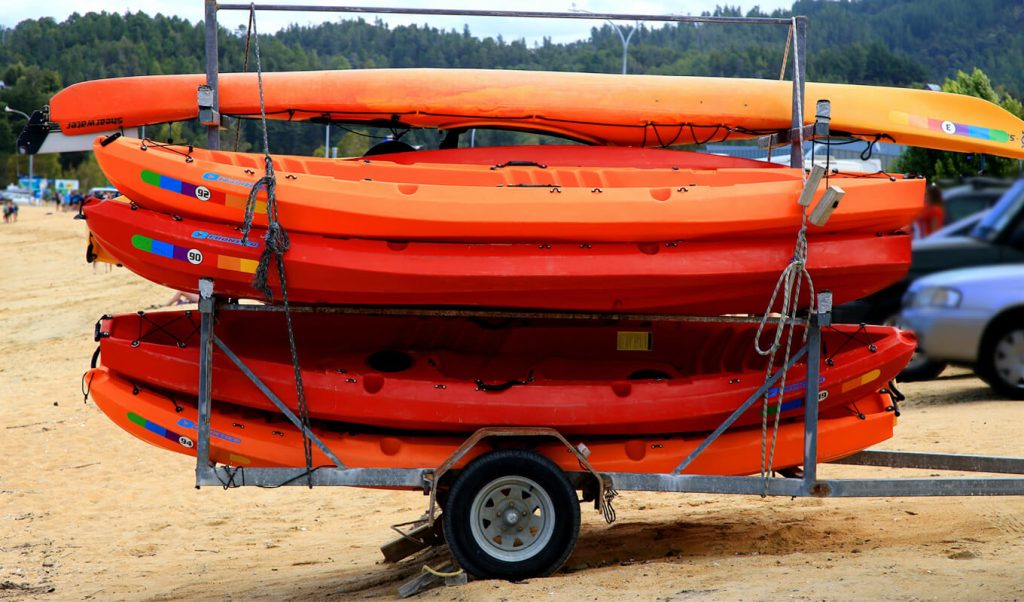
5. Evaluate trailer storage options
Consider the different storage options provided by the trailer. The type of storage can impact the accessibility, security, and protection of your kayaks and other equipment.
5.1 Open trailers
Open trailers are the most common type, allowing easy access to your kayaks. They provide ample space for transporting kayaks and other gear. However, keep in mind that open trailers do not offer any protection against the elements, so your kayaks may be exposed to rain, dust, and UV rays during transportation. Consider using covers or tarps to protect your kayaks while using an open trailer.
5.2 Enclosed trailers
Enclosed trailers provide complete protection for your kayaks. They shield your kayaks from weather conditions, reducing the risk of damage caused by rain, sun, or debris. Enclosed trailers also offer added security as the kayaks are not visible to passersby. However, enclosed trailers may be more expensive and heavier than open trailers, and they may limit accessibility when it comes to loading and unloading your kayaks.
5.3 Rack systems
Some trailers come with built-in rack systems that offer additional storage options. These racks can accommodate extra gear, such as paddles, life jackets, and fishing equipment. Rack systems help to maximize the use of space on the trailer and ensure that all your kayaking essentials are conveniently stored and easily accessible. Consider the type and number of racks available on the trailer to determine if it meets your storage needs.
6. Look for trailer customization options
Consider the customization options available for the trailer. Customization allows you to tailor the trailer to your specific needs and preferences.
6.1 Adjustable kayak racks
Look for trailers that offer adjustable kayak racks. These racks can be modified to fit kayaks of different sizes and shapes, providing a secure and snug fit. Adjustable racks also allow you to transport other gear, such as paddleboards or canoes, if needed. Having the flexibility to customize the kayak racks ensures that your trailer can accommodate your kayaks and other equipment comfortably.
6.2 Additional storage compartments
Consider trailers that offer additional storage compartments. These compartments can be used to store smaller items, such as paddles, life jackets, and fishing gear, keeping them organized and easily accessible. Extra storage compartments help to maximize the use of space on the trailer and eliminate the need for separate storage containers, ensuring that everything you need for your kayaking adventures is readily available.
6.3 Spare tire mount
Check if the trailer has a spare tire mount to carry a spare tire. This is important for long trips or in case of a flat tire. Having a spare tire readily available ensures that you can continue your journey without any delays, preventing any inconvenience or disruption to your kayaking plans.
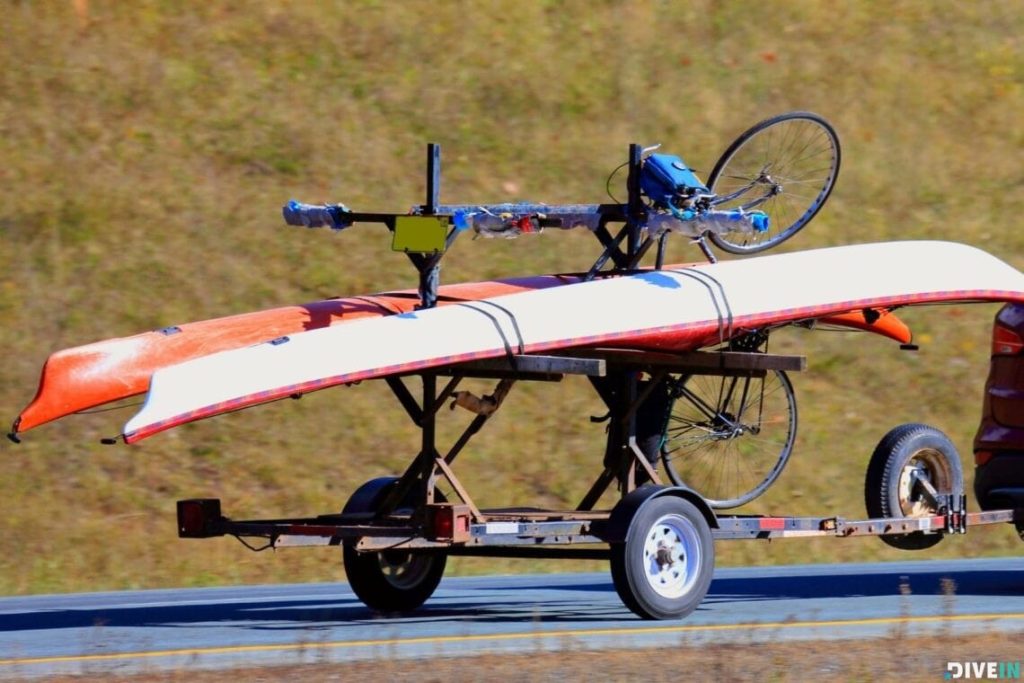
7. Examine trailer’s towing and handling features
Evaluate the towing and handling features of the trailer to ensure a safe and comfortable towing experience.
7.1 Axles and suspension system
The axles and suspension system of the trailer contribute to its stability and handling. Trailers with multiple axles provide better weight distribution and stability, especially when towing heavy loads. Additionally, consider the type of suspension system, such as leaf springs or torsion axles, and choose one that suits your towing needs. A well-designed suspension system helps to absorb road shocks, ensuring a smooth and stable ride.
7.2 Tires and wheels
Check the tires and wheels of the trailer for durability and reliability. Look for trailers with high-quality tires that are designed to withstand the weight and demands of transportation. Additionally, ensure that the trailer has the appropriate tire size and weight rating for your towing vehicle. Consider the type of wheels as well, such as aluminum or steel, and choose one that is suitable for your needs and preferences.
7.3 Lighting and wiring
Inspect the lighting and wiring system of the trailer. Ensure that all lights are functioning properly and provide adequate visibility to other drivers on the road. The trailer should have proper wiring connections between the trailer’s lights and your towing vehicle. Durable and weather-resistant wiring is essential to ensure reliable communication between the trailer and your vehicle.
8. Consider ease of loading and unloading
Loading and unloading your kayaks onto the trailer should be a convenient and hassle-free process. Evaluate the features that facilitate easy loading and unloading.
8.1 Loading and unloading mechanisms
Look for trailers that offer loading and unloading mechanisms, such as ramps or slide-out platforms. These mechanisms allow you to easily slide your kayaks onto the trailer without straining yourself or risking damage to your kayaks. Consider the design and functionality of these mechanisms to ensure that they are user-friendly and efficient.
8.2 Ground clearance
Check the ground clearance of the trailer to ensure that it can navigate different terrains without any obstacles. A trailer with sufficient ground clearance avoids any potential damage to the trailer or kayaks when going over bumps, uneven roads, or off-road terrains. This feature is essential for those who enjoy kayaking in remote or rugged locations.
8.3 Tie-down options
Consider the tie-down options provided by the trailer. It is important to secure your kayaks properly during transportation to prevent any shifting or damage. Look for trailers that offer reliable tie-down points, such as D-rings or straps, to anchor your kayaks securely. These tie-down options should be easy to use and provide a strong attachment to ensure that your kayaks remain stable while in transit.
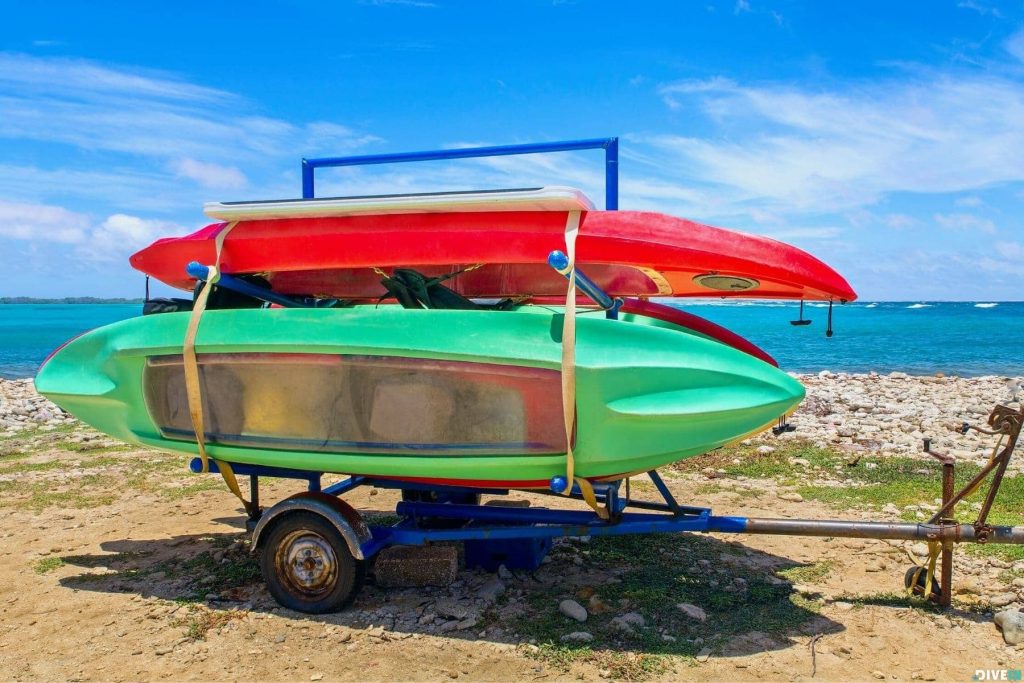
9. Assess trailer stability and maneuverability
Trailer stability and maneuverability are crucial factors for a safe and comfortable towing experience. Consider the following aspects to evaluate the stability and maneuverability of the trailer.
9.1 Trailer length and turning radius
The length of the trailer affects its maneuverability and the turning radius. A longer trailer may be more difficult to maneuver in tight spaces or when making sharp turns. It is important to choose a trailer length that is suitable for your towing vehicle and your kayaking destinations. Consider your driving skills and the areas where you plan to use the trailer to ensure that you can safely navigate corners and parking lots.
9.2 Tongue weight and weight distribution
Proper tongue weight and weight distribution play a significant role in trailer stability. An inadequate tongue weight can lead to swaying or instability while towing, making it difficult to control the trailer. Ensure that the trailer’s weight is evenly distributed, with around 60% of the weight in front of the trailer’s axle. This helps to improve stability and minimizes the risk of fishtailing or trailer sway.
9.3 Adjustable couplers
Look for trailers with adjustable couplers. An adjustable coupler allows you to fine-tune the connection between the trailer and your towing vehicle. It ensures a secure and stable attachment, reducing any unwanted movement or sway during transportation. The ability to adjust the coupler also improves the overall towing experience and allows for better weight distribution.
10. Evaluate trailer pricing and warranties
Consider the pricing and warranties offered for the custom kayak trailer. While it is important to stay within your budget, also keep in mind the value for money and the quality of the trailer.
10.1 Cost and budget
Determine your budget for the trailer and compare the prices of different options. Remember that a high-quality trailer with the necessary features and durability may require a slightly higher investment. Consider the long-term benefits and the overall value you will get from the trailer to make an informed decision. Avoid compromising on essential features or quality for the sake of a lower price.
10.2 Warranty coverage
Check the warranty coverage provided by the trailer manufacturer. A warranty ensures that you are protected against any manufacturing defects or issues with the trailer. Understand the terms and conditions of the warranty, including the duration and the actions required to claim any warranty services. A reliable warranty gives you peace of mind and confidence in your purchase.
10.3 Value for money
Consider the overall value you will get from the trailer in relation to its price. Evaluate the features, construction materials, customization options, and warranty coverage to determine if the trailer offers good value for your money. Look for reviews or feedback from other customers to gain insights into the trailer’s performance and durability. Choosing a trailer that provides excellent value for money ensures that you make a wise investment that meets your kayaking needs for years to come.
In conclusion, choosing the right custom kayak trailer requires careful consideration of your specific kayak needs, your towing vehicle capabilities, the trailer’s construction materials, weight and size, storage options, customization options, towing and handling features, ease of loading and unloading, stability and maneuverability, pricing and warranties. By evaluating all these factors, you can find the perfect custom kayak trailer that meets your requirements and enhances your kayaking adventures. Happy kayaking!

